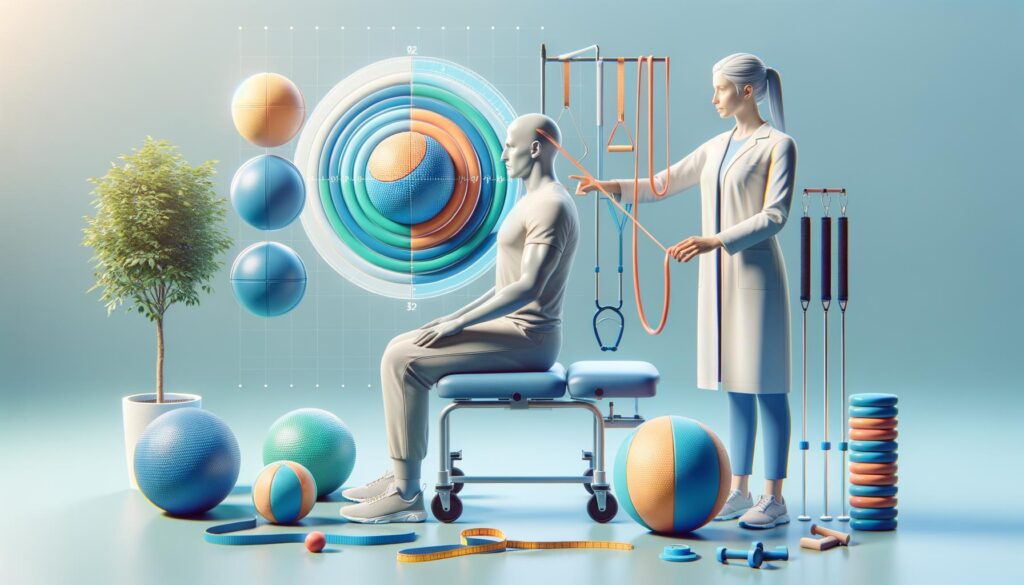Recovery Exercises for Stroke Patients

Understanding the Importance of Exercise Post-Stroke
For individuals recovering from a stroke, incorporating a regimen of targeted exercises into their daily routine can significantly enhance the healing process. Stroke often impacts mobility and muscle control, making physical therapy an essential component of recovery. These exercises are designed to help improve flexibility, strength, and balance, which are often compromised after a stroke. Understanding the benefits of each exercise can motivate patients and caregivers to remain consistent, fostering hope and determination.
Simple Arm and Hand Exercises
Recovering arm and hand function is often a primary concern. Simple yet effective exercises can support this goal: begin with gentle wrist and finger bends to enhance flexibility. Gradually, incorporate activities like grasping and releasing a small ball to improve grip strength. Consistency is key, and incorporating these exercises into daily routines can lead to noticeable improvements.
- Wrist Flexion and Extension
- Finger Tapping and Splaying
- Ball Squeeze
- Tabletop Finger Walk
These exercises not only aid in physical recovery but also encourage mental engagement and focus, crucial for overall rehabilitation.
Leg Strengthening Exercises
Leg strength is vital for regaining independence in tasks such as walking and standing. Begin with seated leg extensions, gradually introducing standing exercises as strength improves. Simple activities like chair stands can significantly boost proprioception and balance. Additionally, ankle pumps can help in reducing swelling and improving circulation. As patients grow stronger, assisted standing exercises can be introduced to further challenge leg endurance and stability.
- Seated Leg Lifts
- Chair Stands
- Assisted Standing Heel Raises
- Ankle Pumps
Combining these exercises with a safe and supportive environment ensures that patients feel confident and motivated to progress at their own pace.
Balancing and Coordination Focused Activities
One of the most challenging aspects of stroke recovery can be reestablishing balance and coordination. Exercises tailored to these needs are integral to preventing falls and enhancing confidence. Begin with balance-intense activities such as standing from a seated position with support. Progress to tasks like side stepping or heel-to-toe walking, focusing on gradual improvement.
- Standing Balance with Support
- Heel-to-Toe Walk
- Side Stepping
- Single-Leg Stands (with Chair Support)
These exercises should be personalized to the individual’s current capabilities, and it’s vital to engage a caregiver or a therapist for added safety during initial stages.
Bringing it All Together: Building a Routine
Establishing a consistent exercise routine post-stroke can considerably improve quality of life. Collaborate with healthcare providers to tailor a program that suits individual needs and limitations. The synergy of upper body, lower body, and balance exercises creates a comprehensive plan aimed at holistic recovery. It is essential to set realistic goals and celebrate improvements, no matter how small.
Incorporate rest days and ensure exercises are performed correctly to avoid fatigue or injury. Using technology, such as apps or online videos, can provide guidance and motivation. Remember that progress can be gradual, but persistence and positivity are crucial to achieving the best possible outcomes.
Conclusion
Recovering from a stroke is a unique journey, and exercises tailored for stroke patients are instrumental in guiding individuals back to strength and independence. By focusing on exercises that improve strength, coordination, and balance, and by integrating these into daily routines, recovery can be both effective and rewarding. Collaborating with healthcare professionals and staying engaged in the recovery process can significantly enhance the quality of life for stroke survivors.
